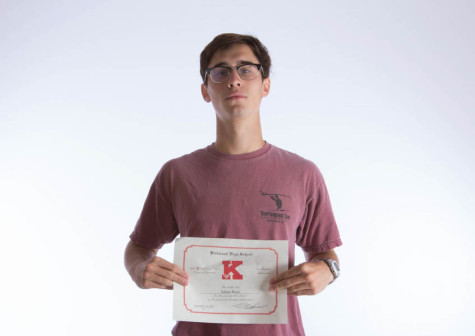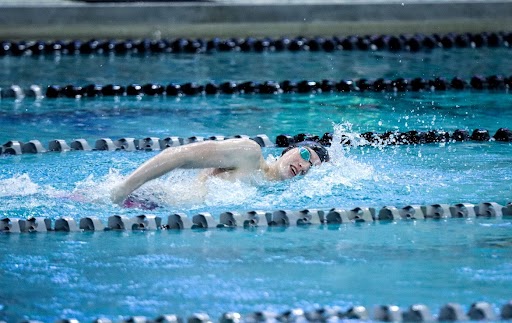Cuts just don’t cut it

In the fall of 1978, inside a gymnasium at Laney High School in Wilmington, North Carolina, a 5-foot 10-inch sophomore was cut from the high school basketball team. This same player went on to win six NBA championships, five NBA MVPs, earn 14 NBA All-Star-Game appearances and have a shoe named after him. His name is Michael Jordan, and his story proves that the system of high school cuts is flawed.
Today, high school sports have become cut-throat competitions, and nearly all 24 sports at KHS, except for the seven traditional non-cut, are forced to cut players. Although cuts can teach kids the harsh reality of the real world, they also prevent kids an opportunity to get involved. Luckily, some sports at Kirkwood, like cross country, football, swimming and track, do not cut any participants. The no-cut sports at Kirkwood must be continued for the sake of student athletes.
The experience of being part of a team is priceless, and no teen should feel like they don’t belong on a team. In fact, many of my best sports memories have come from being with my team, even if it was just hanging out on the bench, messing around at hotels for tournaments or riding the buses to games. Being a part of a team allows students to find new friends they may not get to know otherwise. Taking away the team environment would be detrimental for student athletes.
Another reason KHS should keep no-cut sports is the exercise these sports provide. More than ever, students can find reasons to just sit at home and play video games or kill time on Twitter rather than exercising. Having competitive cuts will only deter kids from getting involved in a sport, knowing there is a risk they will fail. The goal should be for new activities to appeal to kids who are unsure about trying a new activity, so they can exercise rather than waste time laying around.
Finally, the tryout system is far from perfect. Some athletes, including Jordan, cannot show their worth in the span of a couple days. An athlete may not stand out, or could simply be having an off day during tryouts while another athlete who may not deserve a spot on the team could be having the tryout of his or her life. Judging a kid’s potential worth in a tryout is simply unfair and inaccurate.
It is obvious that not every sports program at KHS can keep every student who tries out, and that failure is an important lesson to learn. However, no-cut alternatives should always be a resort for kids who don’t make a team. If that doesn’t pan out, coaches should keep truly dedicated athletes around as practice-only players. Who knows, they might just be a future five-time NBA MVP winner.
Your donation will support the student journalists of Kirkwood High School. Your contribution will allow us to purchase equipment and cover our annual website hosting costs.

Grade: 12
Twitter handle: @adamrozay1
If you could be another Call staffer, who would you be?: no one
Interests: Eating, Sports, Instagram, The Outdoors,...







